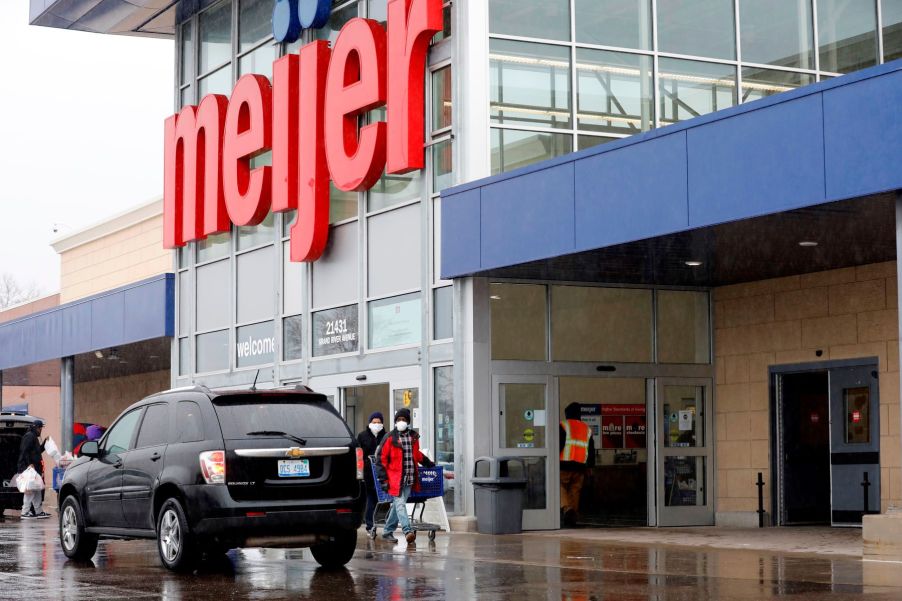
How Long Does It Take to Charge an Electric Car at Meijer?
With the continued popularity and industry segment growth of electric vehicles, the infrastructure of charging stations improves, too. More and more businesses and public-facing retailers are offering charging stations for their customers. Other companies are investing in charging stations for employees and staff. Grocery giant Meijer is joining the growing list of businesses now offering an expanded EV charging station infrastructure at their stores. If you have one near you, you might be wondering what level of EV charging those stations might be. Additionally, you’ll want to know how long it might take you to charge your electric car at your neighborhood Meijer store.
Understanding the different charging levels
To learn how long it might take to charge your EV, it’s best to first understand the various charging levels and available charging stations. The U.S. Department of Transportation defines three primary levels of charging capability: Level 1, Level 2, and Direct Current (DC) Fast Charging (or Level 3). Your typical residential home charger is likely a Level 1, using a 120-volt AC outlet and taking roughly 40-50 hours to fully charge an EV. Level 2 provides 240-volt applications for residential use and 208-volt capability for commercial applications. It’s these you’ll mostly find at the workplace, offered by businesses, or in public. It takes anywhere from 4 to 10 hours to completely charge an EV at a Level 2 charging station, depending on the model.
The fastest Level 3 chargers, capable of charging an EV in under an hour, surge power directly to the EV battery, bypassing the vehicle’s onboard systems. At this level of charging, you can expect 400+ voltage capability, according to NeoCharge. These are often called DC Fast Chargers, and not all EVs are compatible with these stations, according to EV Town. Tesla Superchargers operate with this type of current. Inside EVs describes the V2 and V3 Tesla Superchargers’ charging capability, taking roughly 63.5 minutes to fully charge an EV using a V3 Supercharger.
The most common charging stations located at businesses
Whether you’re new to electric vehicle ownership or an EV veteran, you’ll begin noticing more and more available charging stations. Most of those you find in public, either at the store, in parking garages, or provided by private businesses, will be Level 2 or Level 3. Make sure to find out if your vehicle is Level 3 capable before plugging in, so you don’t take any risks. Additionally, PHEVs, or plug-in hybrid vehicles, are NOT compatible with Level 3 fast charging at all.
So, just how long should it take you to charge your EV at the local store, including your local Meijer? Check the battery capacity for your vehicle first. For example, a Kia Niro EV has a 64.8 kWh charging capacity. Then you can check the charging station to discern the charge rate, which might be 6.5 kWh. From there, you can do the math to see how long it might take you to fully charge your EV at the store.
Recent Meijer EV news and charging station locations

Meijer recently announced it would do its part in “reducing carbon emissions” in its communities. The store has been providing EV charging stations at some of its stores, with plans to expand to include partnerships with Electrify America and Tesla.
Earlier this year, Supermarket News shared an EV charging station partnership between Meijer and EVgo fast-charging stations for select stores in Michigan and Ohio. These charging stations are capable of providing up to 350 kW of fast charging for Tesla models and compatible fleets expected in the market. According to Winsight Grocery Business, this Michigan charging station was the first in the retail grocery brand’s fast-charging options. However, as Progressive Grocer shared, Meijer is committing to growing its EVgo infrastructure of fast chargers to more than 67 metro areas across 34 U.S. states.
Customers can access popular EV apps and maps to explore ChargePoint, Greenlots, or PlugShare to check their local Meijer stores for available charging stations. Additionally, remember to always verify what level of charging your EV’s battery can use. Lastly, always be looking for more charging stations to pop up as the infrastructure to support electric vehicles as the popularity of these green rides continues to grow.


